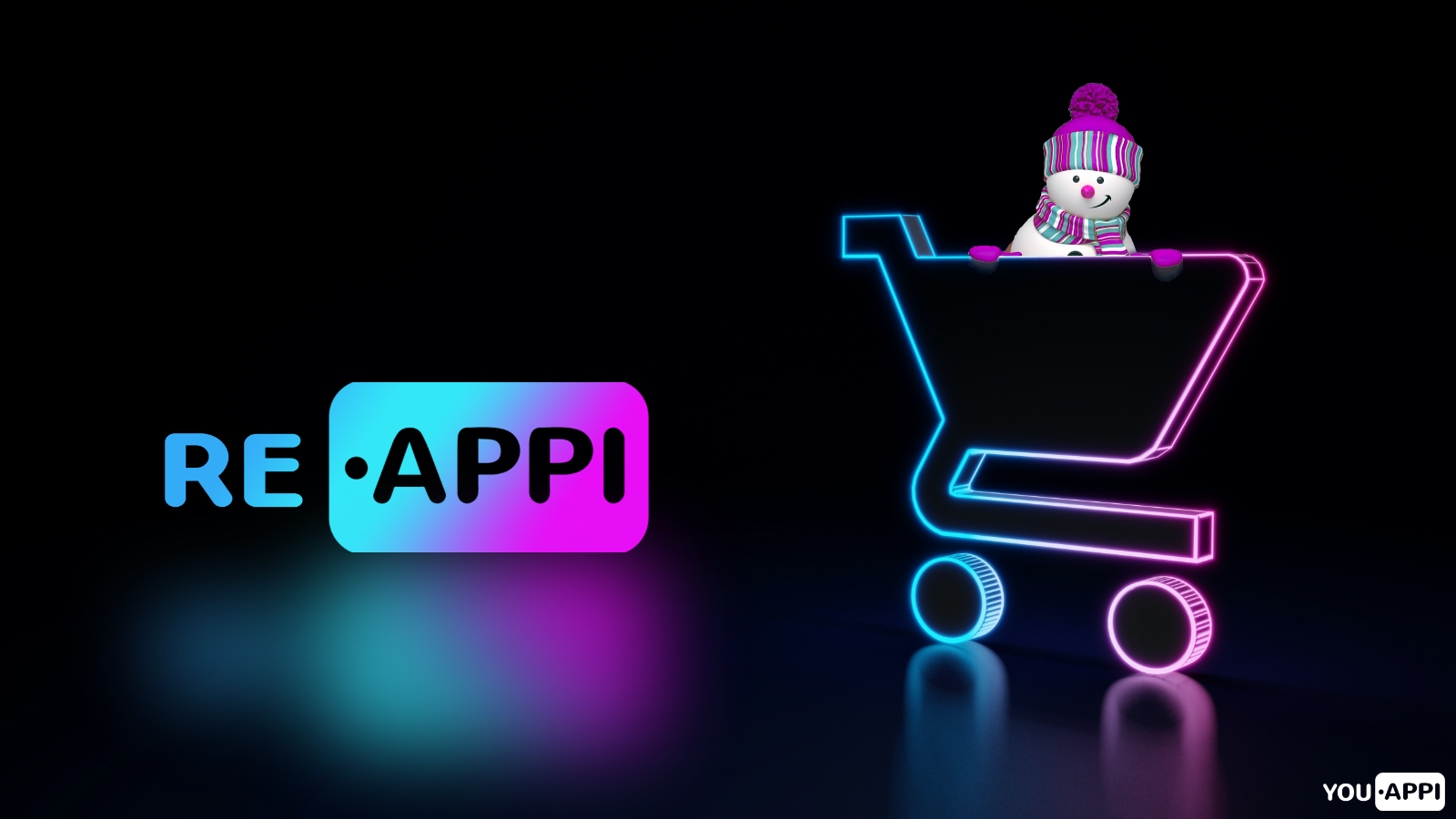No surprises here, COVID19, the most impactful event of 2020 (and beyond) will also impact the busiest shopping time of the year: Q4. Here are some key tips to keep in mind to maximize revenue this holiday season.
Get Ready for the Q4 Mega-Holiday Shopping Season
This year is anticipated to be the largest mobile shopping season we have ever seen. Current projections predict Q4 will generate over $71 billion in online sales from mobile devices, up from nearly $60 billion in 2019. That's a 20% increase in mCommerce holiday spending from 2019.

Source: Forbes
While COVID19 and lockdown restrictions can explain this massive bump, another contributing factor is the postponement of Amazon Prime Day. Amazon Prime Day 2020 was planned for July but pushed back to October 13-14, just a month before Black Friday.
Postponing Prime Day into Q4, which is also close to other major shopping holidays, will likely cannibalize sales in November and December for many brands. That said, pushing Prime Day back will also result in a massive online holiday shopping season. App Annie predicts over 1 billion hours will be spent in shopping apps in the U.S. in Q4 on Android. That's a 50% increase from Q4 2019.

Source: App Annie
Pandemic or Not, Smartphones Reign Supreme
Despite the fact that people generally spent more time at home in May, smartphone adoption continued to accelerate at the start of the pandemic. Initially, experts projected the pandemic would contribute to a surge in desktop-driven commerce. But, consumers still opted to shop on their smartphones versus their remote work devices. In fact, the share of online sales driven by smartphones actually increased in line with the spike in e-commerce activity.
Consumers spent over $153 billion online in April and May ($70.2 billion in April and $82.5 billion in May, respectively). This was a 7% increase from the $142.5 billion spent online in November and December 2019. Of this surge, the share of products purchased through smartphones increased by 10% compared with pre-COVID rates.

Source: Adobe
Strategies for Maximizing the Q4 Shopping Season:
Repeat After Us: Retarget, Re-engage, Retain
While users were more open to trying new brands at the start of the pandemic, they are less likely to now. In June, 39% of consumers were interested in experimenting with new brands. Today, only 18% of consumers try new brands. That means for all the brands that took our advice and maximized the newly captive audience created by lockdown restrictions, you invested in acquiring new users at the optimal time.
The task today for brands that invested heavily in finding new customers at the start of the pandemic is to shift spending from boosting awareness to investing in retention and reengagement. If you choose to focus on acquisition, keep in mind that the consumers most likely to try a new brand are Gen Z-ers (29%), shoppers with kids (28%), millennials (24%) and males (22%).
Cut the COVID and Holiday Promotions Messaging
Consumers are much less receptive to COVID-related promotional messaging than they were at the start of the pandemic. According to surveys, in June a brand’s COVID-19 response was factored into 72% of shopper’s purchasing decisions. Now, only 44% of consumers factor in a brand’s COVID response into their buying decisions.
If anything, consumers are now looking for more of a distraction in their advertising. In fact, 40% of consumers want ads that provide some form of escapism. Only 26% of consumers desire ads that show a brand’s response to the crisis (with such messaging as: “In these challenging times …”).
Consumers are also less impressed by holiday promotional messaging. Only 24% of buyers are looking forward to holiday ads, with 41% feeling indifferent and 35% of buyers not looking forward to the promotional deluge at all.
Know Your Audience
To successfully engage your audience this holiday season, segment your audience and serve personalized ads. This strategy should be a best practice regardless of whether it’s holiday shopping season or not. Given the changing behaviors of consumers during the pandemic, segmenting your audience is key.
As mentioned prior, COVID-19 and hyper-holiday promotions messaging is no longer engaging to most consumers. Instead, the type of ads they are receptive to differs by generation. Gen Z and Millennials want entertaining ads. In contrast, Boomers and Gen X-ers want ads that show how to save money.
Takeaways
This year is anticipated to be the largest online shopping season we have ever seen. Q4 will generate over $71 billion in online sales from mobile devices, up from close to $60 billion in 2019. That's a 20% increase in mCommerce holiday spending from 2019. To maximize the Q4 mega mobile holiday shopping season, focus on the following:
- Now is the time to focus on re-engaging and retaining users acquired at the start of the pandemic, since users are less likely to try new brands now.
- Limit the COVID and holiday promotional messaging in lieu of lighthearted and positive advertising that provides consumers an escape.
- Segment your users and personalize ads based on the needs of your target demographic.

